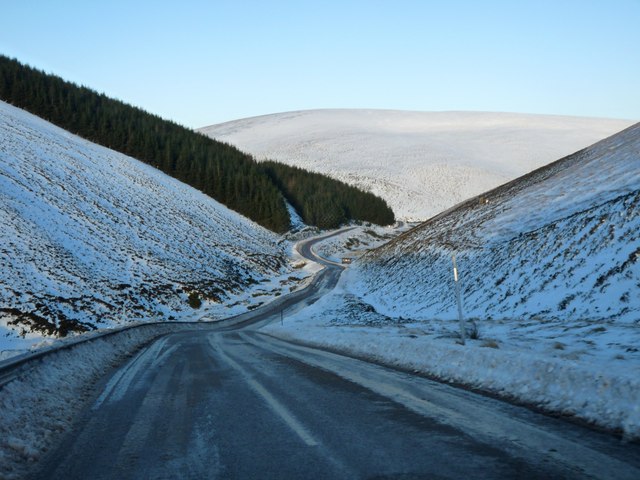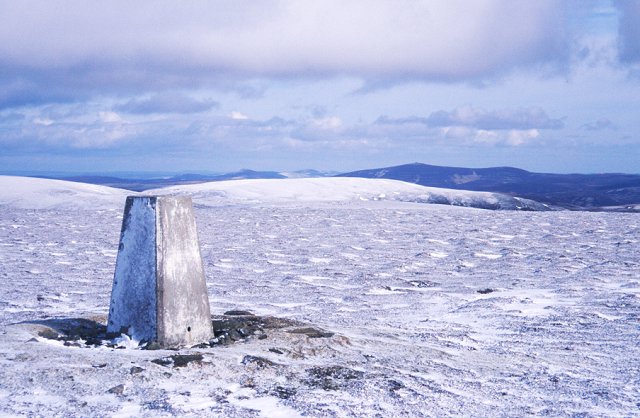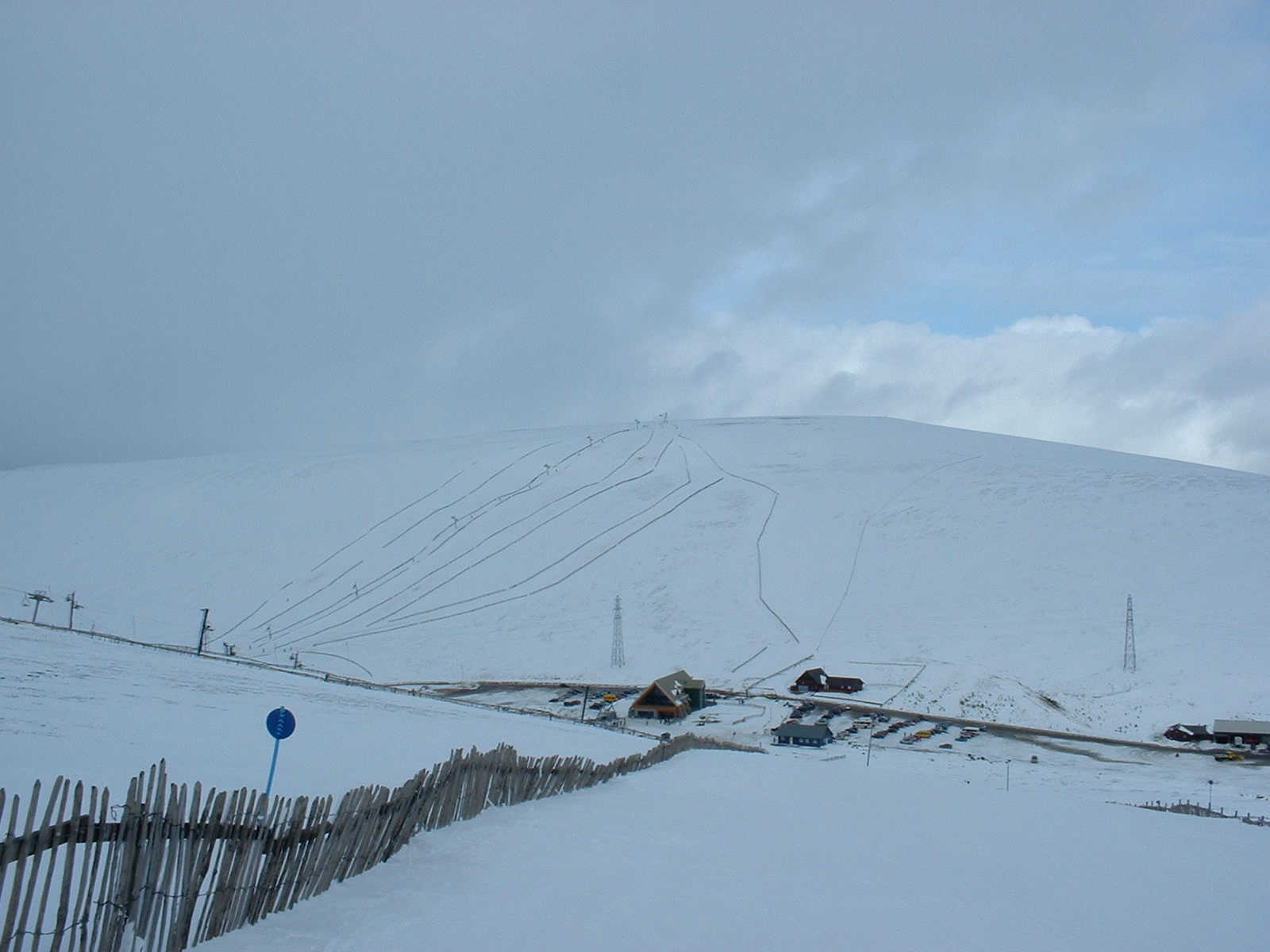Carn Liath
Hill, Mountain in Banffshire
Scotland
Carn Liath

Carn Liath is a prominent hill located in Banffshire, Scotland. It is part of the Grampian Mountains and stands at a height of 862 meters (2,828 feet), making it one of the highest peaks in the region. The hill is situated amidst stunning natural surroundings, offering breathtaking views of the surrounding valleys and landscapes.
Carn Liath is characterized by its distinctive shape and rugged terrain. The hill is primarily composed of granite and is known for its steep slopes and craggy cliffs. It is a popular destination for hikers and climbers, attracting outdoor enthusiasts from near and far.
The ascent to the summit of Carn Liath can be challenging, with various routes available to suit different levels of experience. The most commonly used route starts from the nearby town of Braemar, leading through a picturesque glen before ascending the hill through a mixture of grassy slopes and rocky outcrops.
At the top of Carn Liath, visitors are rewarded with panoramic views of the surrounding mountains, moorlands, and forests. On clear days, it is even possible to catch a glimpse of the distant coastline. The hill is also home to a variety of wildlife, including deer, mountain hares, and a diverse range of bird species.
Overall, Carn Liath offers a memorable and rewarding outdoor experience for those seeking adventure and natural beauty in the heart of Banffshire.
If you have any feedback on the listing, please let us know in the comments section below.
Carn Liath Images
Images are sourced within 2km of 57.227694/-3.2388483 or Grid Reference NJ2515. Thanks to Geograph Open Source API. All images are credited.


Carn Liath is located at Grid Ref: NJ2515 (Lat: 57.227694, Lng: -3.2388483)
Unitary Authority: Moray
Police Authority: North East
What 3 Words
///plausible.sofa.twitching. Near Ballater, Aberdeenshire
Nearby Locations
Related Wikis
Ladder Hills
The Ladder Hills (Scottish Gaelic: Monadh an Fhàraidh) are a range of hills in northeast Scotland which straddle the border between Aberdeenshire and Moray...
Càrn Mòr (Ladder Hills)
Càrn Mòr (804 m) is the highest mountain of the Ladder Hills on the border of Aberdeenshire and Moray, Scotland. It is located northeast of the Cairngorm...
Scalan
The Scalan was once a seminary and was one of the few places in Scotland where the Roman Catholic faith was kept alive during the troubled times of the...
West Aberdeenshire and Kincardine (UK Parliament constituency)
West Aberdeenshire and Kincardine is a county constituency of the House of Commons of the Parliament of the United Kingdom of Great Britain and Northern...
Braeval distillery
Braeval distillery is a distiller of Scotch whisky in Chapeltown, Banffshire, Scotland. Founded in 1973 as Braes of Glenlivet, the distillery is owned...
Lecht Ski Centre
The Lecht Ski Centre is an alpine ski area in the Cairngorms in the Scottish Highlands. The ski slopes are set around the mountains Beinn a' Chruinnich...
Clashnoir
Clashnoir is a settlement in Glenlivet, Moray, Scotland, 92 miles north of Edinburgh and 25 miles south of Elgin.
Cock Bridge (Aberdeenshire)
Cock Bridge is a settlement in Aberdeenshire, Scotland, located in the Cairngorms National Park, on the A939 road near Corgarff and Corgarff Castle, between...
Nearby Amenities
Located within 500m of 57.227694,-3.2388483Have you been to Carn Liath?
Leave your review of Carn Liath below (or comments, questions and feedback).





















